The new HR approaches take care of the employee as if they were a customer. After all, it is a person whose trust must be earned and whose loyalty must be built so that they stay with your company. Isn’t retaining customers beneficial to the business? It is exactly the same with employees. Achieving high employee satisfaction will help you reduce turnover and have a very positive impact on the entire organization.
For this reason, a thorough understanding of the 7 stages of the employee lifecycle will give you clues as to where to focus your efforts. It will allow you to focus on improving processes, boosting employee performance and adapting to their needs and interests. In this way, you will be working to achieve the best possible employee experience that will prevent your turnover rate from skyrocketing.
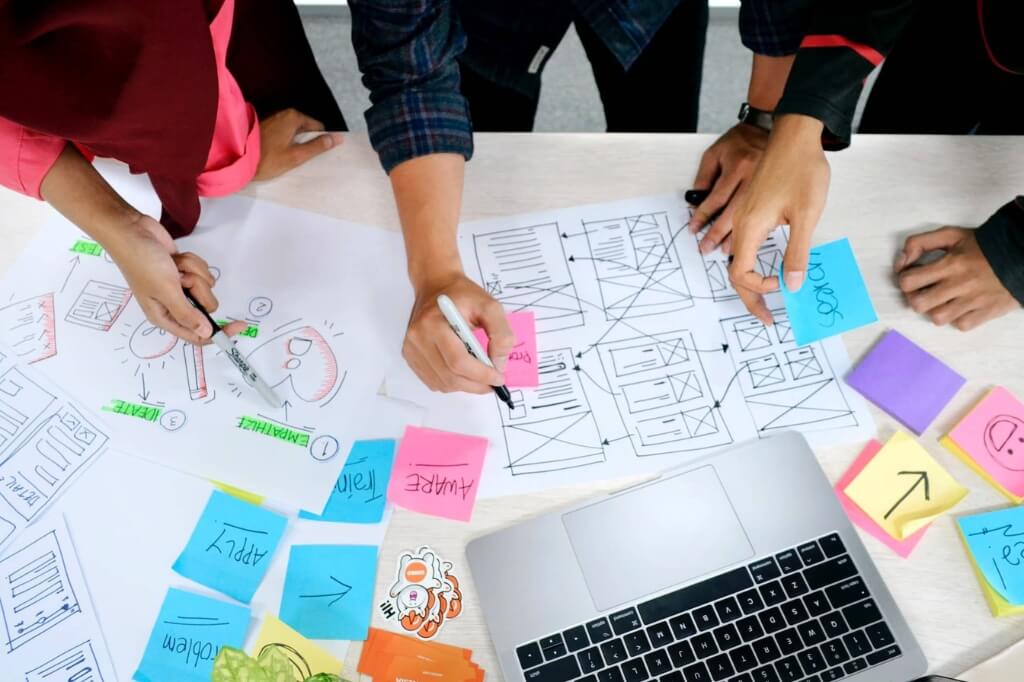
What is the employee lifecycle?
The employee lifecycle is the path an employee takes from the moment they join the company. This journey begins from the time the candidate accepts the new position until the time of departure.
A Gallup study on the employee experience perspective highlights 7 major stages that every employee goes through during their life in the company. The employee lifecycle allows us to understand each phase in detail. In this way, we can optimize the processes that are carried out in the organization, achieve the best employee experience and reduce the turnover rate.
Want to know how to optimize these 7 steps to improve your employees’ experience? Read on!
Taking care of the employee lifecycle (ELC) aims to increase employee engagement, employee satisfaction and motivation, while at the same time reducing the turnover rate. But how can we really know if we are achieving this goal? Simple, by monitoring the employees’ pulse at the different stages they go through.
This is where Employee Engagement tools become essential. Tools like Nailted, which help you translate the state of your teams into metrics so you can act on something measurable and detect signs of employee burnout. Data that allows you to detect trends and moments of growth or decline, that give you complete visibility into your employees’ experience and help you reduce turnover.
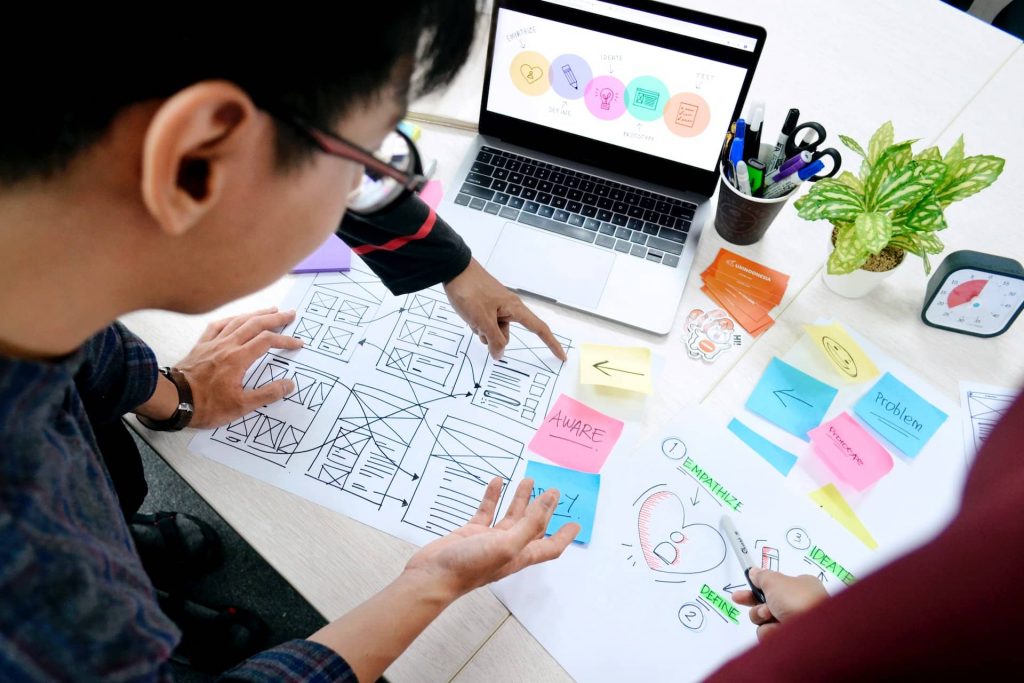
Why should you optimize the stages of the employee lifecycle?
As we mentioned earlier, employee retention shares many similarities with customer retention. In any marketing and sales department, analyzing and optimizing the customer journey is the order of the day, so why shouldn’t it be the same with the employee lifecycle? As we have already mentioned, analyzing and improving the processes involved in each stage of the employee lifecycle is essential to reduce the turnover rate. But what else does it allow us to do?
- Improve employee engagement, adding to the sense of pride of belonging in a group and individual way.
- Enhance employee satisfaction and motivation.
- Boost the achievement of results and achieve better team performance.
- Attract the best talent.
- Improve the company’s employer branding.
All of the above is encompassed within the company’s purpose and helps to improve the brand’s reputation in an organic way. For these reasons, applying improvements in the employee lifecycle will allow us to define a clear strategy to prevent burnout, thus reducing the turnover rate.
The 7 stages of the employee lifecycle
Initially, 5 stages were identified in the employee lifecycle, but subsequent research has highlighted 7:
- Brand attraction
- Recruiting
- Onboarding
- People development
- Employee retention
- Exit
- Company support
This fact has been key to maximize the granularity of an employee’s step by step in the company and thus be able to generate a positive impact on their experience with a clearer focus of action. Now we have before us how to optimize these 7 stages to make your employees’ experience unbeatable and lower your company’s turnover rate.
Stage 1: Brand attraction
This is the phase where the employee and the company fall in love, or not. At this point, it is essential to have worked very well on the company’s purpose, corporate values and value proposition in order to communicate it to the outside world and thus attract the best profiles.

This is where we will begin to reinforce employer branding, which is key to attracting the talent that best fits the company culture. This is a key turning point, as attracting the wrong people will only increase your turnover rate in the medium term.
An EVP (employee value proposition) is the benefits package offered to employees and candidates, reinforcing the idea of “this is a good place to work”. It is important to adjust our EVP to the reality that we can offer, as we could fall into the mistake of generating too high expectations that lead to job dissatisfaction and, therefore, your turnover rate increases. How can we optimize our EVP? Don’t forget to keep the following in mind:
- Company: what is the culture, the way of working and the impact of the company on current and future society.
- Projects: what the mission will be and how meaningful, challenging and fulfilling the professional challenge will be for the employees.
- Growth opportunities: advocates a space where employees can grow and develop their professional career within the company.
- The people: how good the company’s managers, directors and co-workers are.
- The rewards: salary, flexible compensation options, bonus package, etc. As with growth opportunities, investing in employees always pays off.
Stage 2: Recruiting

This stage is the most demanding for the HR department. Here it is important to be clear about the objective in order to get the candidate’s hiring right, without neglecting his or her experience during the process.
Recruitment aims to find the right person, the one who would be a perfect cultural and professional fit for each vacancy. If we hire the wrong person, we will be increasing the turnover rate in the medium to long term.
A good practice in the recruitment stage is to develop a process similar to the classic conversion funnel, or marketing funnel. In this case, not to convert customers, but candidates. The purpose is to resemble the recruitment process to the customer acquisition process. That is to say, not to wait for the candidate to register for the offer, but to reach them through an agile and dynamic process.
But, we must keep in mind whether the person we are addressing could be a good candidate or not, and not to overexpose what we do and offer. As it happens in customer acquisition, if you sell what it is not, they will end up in churn. Misleading recruitment will increase your churn rate.
Stage 3: Onboarding
Onboarding is the process of incorporating the candidate into the company. It is a key moment to involve the employee in the company culture. This stage is crucial to maintain the health of our turnover rate, ensuring the retention of employees in the long term. This stage is divided into 3 sub-stages: pre-onboarding, onboarding and post-onboarding. At this point it is important to unravel the process, to learn more about how to optimize the onboarding stages.
Onboarding starts from the moment the candidate accepts the new professional challenge offered by the company. Therefore, it is of utmost importance to keep in mind their work experience as it will mark the course of their professional development within the organization.
Stage 4: People development
This stage begins once the new employee shows confidence and adaptability in his or her job and can be considered autonomous in his or her tasks.
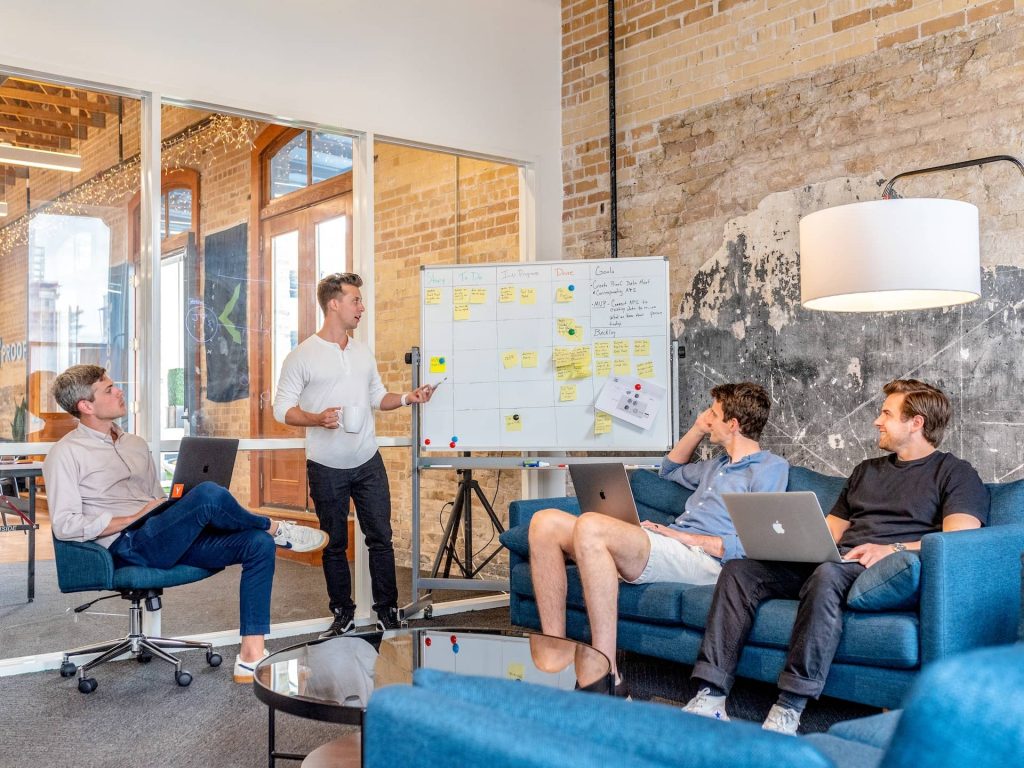
It is at this stage that HR professionals should emphasize best practices such as internal promotions or career and training plans to encourage employee development. In this way, they will improve their job performance. This will not only have a positive impact on the company’s results, but will also increase their satisfaction and motivation in the work environment in which they work, avoiding a negative impact on your turnover rate.
Designs career paths, commonly known by its anglicism career paths, adjusted to the real needs of the team. It helps employees understand what and how they need to do in order to develop within the company.
What will help you do this? A performance appraisal that lets you know where each person stands in your career development matrix. With an Employee Engagement tool, it won’t stop there. It will encourage 1:1 meetings to evaluate results and will strengthen the follow-up of objectives.
Stage 5: Employee retention
Any employee with ambition, after a prolonged period in the company needs incentives. Otherwise, the situation will most likely lead to burnout and your turnover rate will skyrocket. In this phase, we must ensure the employee’s good development so that they can continue their professional career in the organization and reinforce their desire to improve within it. At the same time, we must be sure that the company is meeting the expectations and benefits that meet the employee’s needs.
At this point, it is managers who play a key role in retention. Did you know that 70% of employee engagement depends on managers? It is up to them to recognize good work through positive feedback.
Recognition by the manager is important. But it is also important that this practice is extended to the entire team and leads to cycles of positive feedback among all colleagues. To encourage these messages of positive recognition, you can implement the so-called “kudos”. However, we recommend that you define a process that transforms spontaneous recognition into a habit. This will really have a positive impact on the relationships between employees and the work environment that lasts.
Look for mechanics that help implement real and sincere recognition that motivates employees to continue to achieve more success within the team. At Nailted we send out claps every Friday – there’s no one who isn’t looking forward to seeing the positive messages they’ve received on Monday!
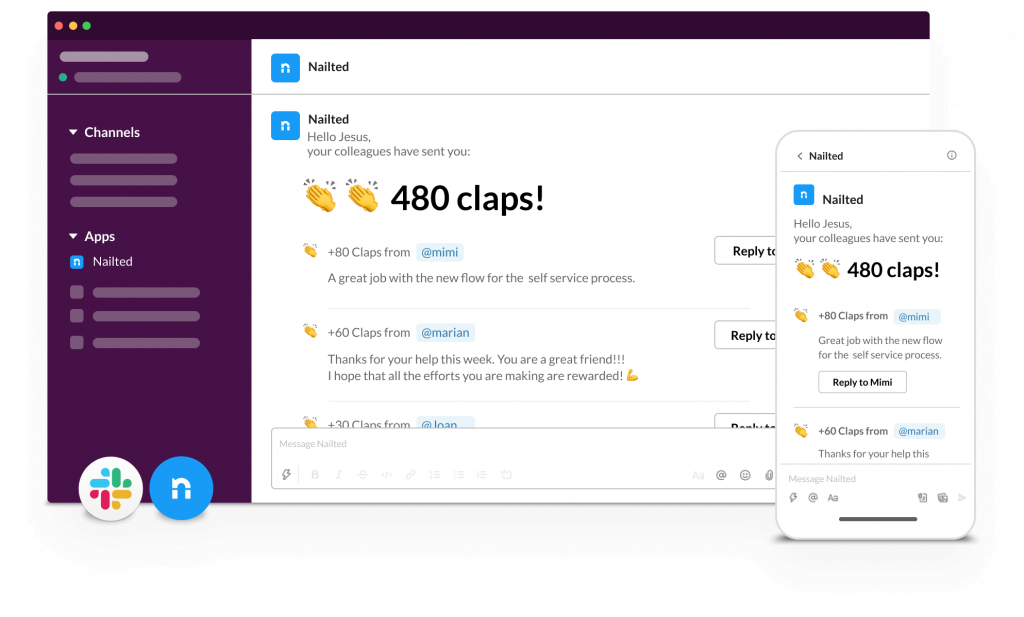
In addition, in this phase it will be necessary to have closer contact with the employee to learn about their aspirations, needs and interests. This way you will be able to detect first-hand if an employee is at risk of burnout, so that you can act in time to avoid affecting your turnover rate. To do this, the ideal is to conduct 1:1 meetings and thus be able to give a proper follow-up to everything that is important to them.
It is in the retention phase where the manager must offer a good value proposition to the employee in order to retain his talent and avoid economic and time losses with the possible departure if this is not done efficiently.
Digital tools also play a key role in this phase. These tools will allow the HR department, or the managers themselves, to know the pulse of the team, detect if they have shortcomings of any kind, or even know if they are on the verge of burnout. Everything that provides data on the state of the teams helps to modify processes or practices that affect the employee experience, and only harm the retention of talent and the turnover rate.
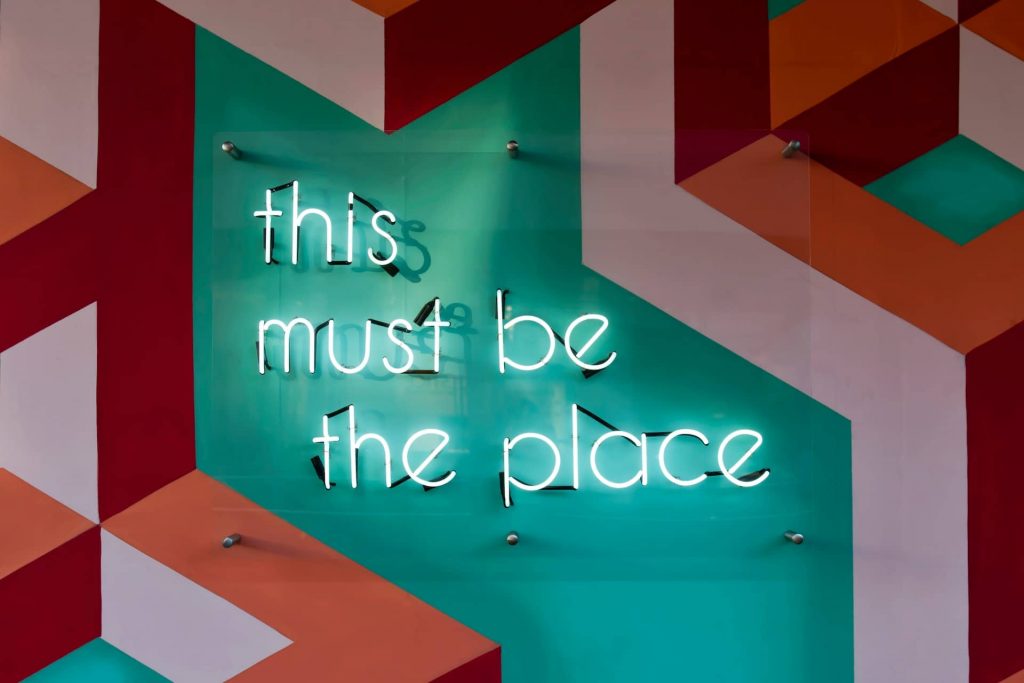
Stage 6: Exit
There are times when no matter how hard you work to reduce the turnover rate by improving the employee experience, it does not have a positive impact on their commitment, or the cultural or professional fit is not achieved. If, under these premises, employee retention is not possible, the exit stage will come into effect.
At this stage, we must try to ensure a good experience after the employee, or the company, has informed us that he/she is leaving the company.
This stage is not easy, especially because it is likely to generate negative emotions. How can we act in this case?
- Reassign open tasks, if any.
- Prepare an exit survey to find out the reasons and motivations for leaving as well as to ensure a correct and cordial departure of the employee.
Stage 7: Company support
After the employee’s departure, it will be necessary to learn from mistakes and redefine the value propositions established so far.
An employee who leaves your company affects your turnover rate. A disgruntled employee who leaves your company can also cause serious damage to the company’s image. It could eventually affect the ability to attract the best talent, damage the reputation with clients, impact team motivation, etc. In short, it could damage all the employer branding work, the company’s reputation as an employer brand.
Make a difference in the employee lifecycle to reduce turnover rate
Knowing what comprises each of the stages of the employee lifecycle and knowing the keys to optimizing them will make a difference. It will improve your employees’ experience, leading to an improvement in your company’s reputation as an employer.
As you can see, working on each stage of the employee lifecycle results in a win-win scenario. Employees are more satisfied, engaged and motivated, which leads to improved performance. And this, in turn, translates into results and benefits for the company.
The reality is that working to foster a positive work environment will significantly reduce your turnover rate and improve the perspective employees have on the company, improving expectations for new hires.

We must keep in mind that not all strategies work the same for all cases. Therefore, it is very valuable to have Employee Engagement tools to assist us in this regard.
With these tools you will get a more accurate view of the pulse of your teams over time, individually, by team or globally. It will allow you to detect red flags in time and thus prevent burnout moments or even avoid employee resignations, negatively impacting your turnover rate. In short, you will have metrics on your employees’ experience that will allow you to optimize the stages of the employee lifecycle according to the specific needs of your company and your employees.









